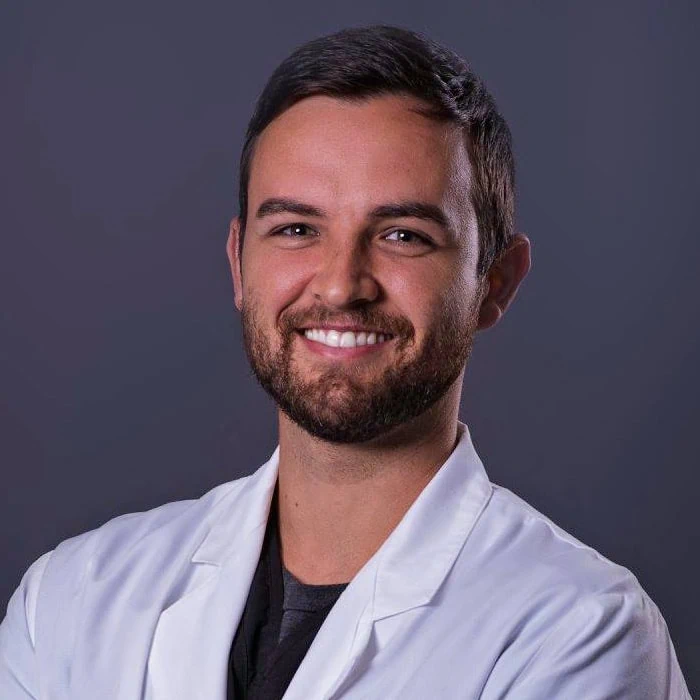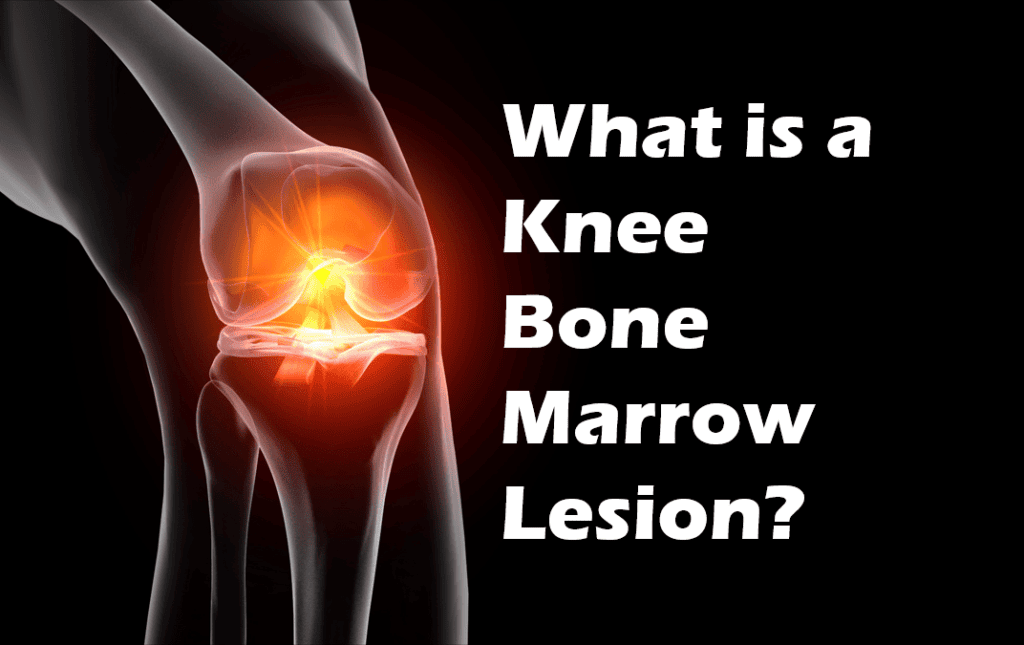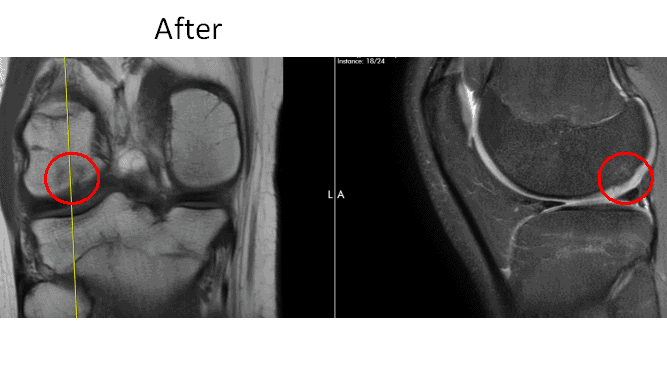Why Are Knee Bone Marrow Lesions A Big Deal?

Medically Reviewed By:

What is a bone marrow lesion? If you have knee arthritis, why should you care? Today we’ll dig into why these are a big deal through the story of a basketball player’s knee.
What Is a Bone Marrow Lesion?
Many think that a joint like the knee has two main parts – the bone and the cartilage. But is that true? Not really. Each of these tissues trades cells and other signals with the other. Hence when the cartilage is damaged it impacts the bone and vice versa. This damage in the bone can be seen on an MRI and is called “bone marrow edema” or a “bone marrow lesion”. It’s basically a bright spot of swelling in the bone on a water-sensitive MRI sequence (T2 or Fat Sat) that looks dark on other types of image sequences.
Often times a bone marrow lesion (BML) is all the evidence we have that the cartilage at that site is not healthy and is struggling. If left alone, over time, the cartilage usually dies off at that spot and the bone marrow lesion often turns into dead bone, aka “a bone cyst”. Hence, if we identify a bone marrow lesion on your knee MRI, it’s best to intervene with PRP or bone marrow concentrate early and then follow that area on a repeat MRI.
A BML Patient Story
This patient was a high school basketball player who in 2017 sustained a pretty hard fall onto his right knee. The knee started swelling and there was pain with activity. He tried rest, ice, NSAIDs, and physical therapy and the knee really didn’t improve over time. Eventually he got an MRI, which demonstrated subchondral edema, osteochondritis dissecans, and a cartilage lesion of his lateral femoral condyle. What is all of that? In younger people, a bone marrow lesion is often labeled “osteochondritis dissecans”. Subchondral edema is just a BML that lives close to where the bone ends and the cartilage starts.
Our patient had serial MRIs which showed that the area wasn’t healing. Hence, basketball, or any cutting maneuvers would cause his knee pain to get worse. In addition, he was unable to really practice at full strength.
He was seen by Dr. Markle at our Colorado HQ clinic and bone marrow concentrate was precisely injected using x-ray guidance into the BML and into the joint. His before and after images are below:


In the two before images on top, we see the red circle showing a dead area in the cartilage or an advanced BML. In the after image below, which was taken a few months after the procedure, we see that the same area in the red circle no longer looks like dead bone, but that there has been substantial interval healing of the bone (fill in on the left coronal image and less white signal on the right sagittal image). The patient is also recovering physically.
The upshot? BMLs are an important concept to understand if you have chronic knee pain. We’ve been treating them with advanced and precise injections of the patient’s own bone marrow concentrate into that specific area of the bone for more than a decade now. We’ve seen great success in turning around these bone marrow lesions and getting them to go in a good direction rather than their usual trend toward a large pothole in the cartilage.
Get started to see if you are a Regenexx candidate
To talk one-on-one with one of our team members about how the Regenexx approach may be able to help your orthopedic pain or injury, please complete the form below and we will be in touch with you within the next business day.

Medically Reviewed By:
